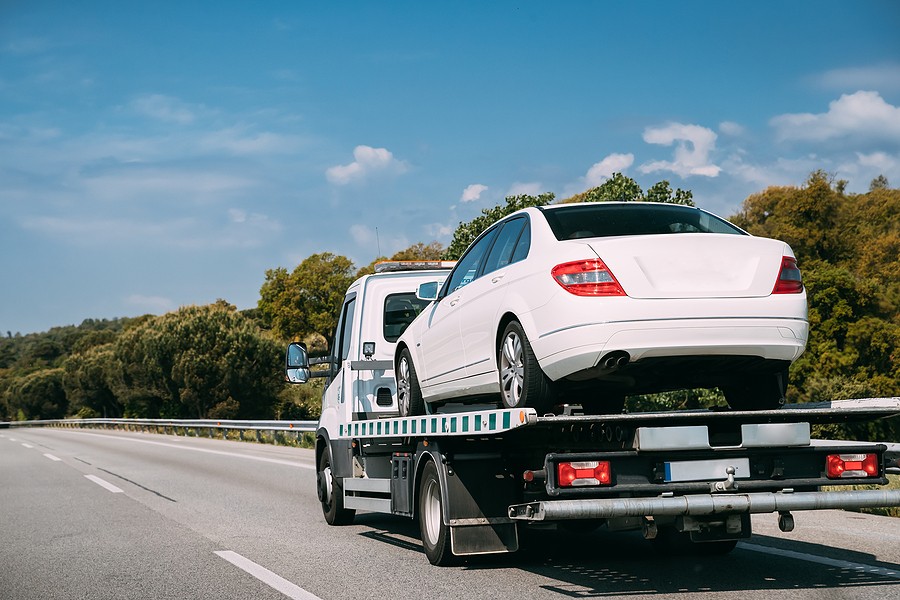how to drive a moving truck towing a car
Towing A Front-wheel-drive Car 🚗 A Step by Step Procedure
Towing a front-wheel-drive car can be a challenging task, but with the right knowledge and preparation, it can be done safely and effectively. Whether you're moving to a new location or your car has broken down and needs to be taken to a mechanic, towing is often the best solution. In this guide, we will walk you through the step-by-step procedure of towing a front-wheel-drive car.

Before we dive into the process, it's important to understand the basic difference between front-wheel-drive and rear-wheel-drive cars. In a front-wheel-drive car, the power from the engine is transmitted to the front wheels. This means that when you're towing a front-wheel-drive car, the front wheels will be in contact with the ground and will be responsible for steering the vehicle.
Equipment Required:
Before you start the towing process, there are a few key pieces of equipment that you'll need:
- Tow dolly or flatbed tow truck
- Tow straps or chains
- Wheel chocks
- Safety chains
- Working brake lights and turn signals on both vehicles
Step 1: Prepare the Towing Vehicle
First, you'll want to ensure that the vehicle you'll be using to tow the front-wheel-drive car is in proper working condition. Check the tires, brakes, and ensure that the tow hitch is securely attached to the towing vehicle. It's also essential to verify that the towing vehicle has the capacity to handle the weight of the front-wheel-drive car you'll be towing.
Next, connect the tow dolly or flatbed tow truck to the towing vehicle. Make sure it is properly secured and aligned with the towing vehicle to minimize any swaying during the towing process.

Step 2: Prepare the Front-wheel-drive Car
Now, it's time to prepare the front-wheel-drive car for towing. Begin by ensuring that the car is in neutral gear. This is important because if the car is left in gear, it can cause significant damage to the transmission during the towing process.
Next, locate the car's towing points, which are usually metal loops or hooks located on the front and rear of the vehicle. Attach the tow straps or chains to these towing points, ensuring that they are securely fastened and able to withstand the load. It's crucial to follow the car manufacturer's guidelines for proper attachment points to avoid any damage to the vehicle.
Step 3: Secure the Towed Vehicle
Before you start towing, double-check that the front-wheel-drive car is securely fastened to the tow dolly or flatbed tow truck. The tow straps or chains should be tightened enough to prevent any movement or shifting of the car during transportation.
Also, be sure to use wheel chocks to prevent any unwanted rolling of the front-wheel-drive car. Place the chocks behind the rear wheels of the car to add an extra layer of security.
Step 4: Test the Towing Setup
Before hitting the road, it's essential to test the towing setup to ensure that everything is working correctly. Make sure that the brake lights and turn signals on both the towing vehicle and the front-wheel-drive car are functioning properly. This step is crucial as it ensures the safety of everyone on the road.
Step 5: Start Towing
Once you have completed all the necessary preparations and checks, it's time to start towing. Take things slow and steady, especially when making turns or changing lanes. Remember, the front wheels of the towed vehicle will be doing the steering, so it's crucial to make gentle and gradual movements.
Pay close attention to the road conditions and any potential hazards to ensure a smooth and safe towing experience. It's always a good idea to have a spotter in the towing vehicle who can keep an eye on the towed car, providing verbal guidance as needed.
Step 6: Arriving at Your Destination
Once you reach your destination, carefully park the front-wheel-drive car in the desired location. Secure the towing setup and remove the tow straps or chains from the vehicle's towing points. Place them in a safe location for future use.
Remember to switch the car from neutral to park and engage the parking brake to prevent any unintended movement.
Conclusion
Towing a front-wheel-drive car is a task that requires proper preparation, equipment, and knowledge. By following the step-by-step procedure outlined in this guide, you can safely and effectively tow a front-wheel-drive car to its destination. Remember to always prioritize safety, follow the manufacturer's guidelines, and pay attention to the road conditions while towing. With the right approach, you can successfully transport your front-wheel-drive car without any major issues.


Post a Comment for "how to drive a moving truck towing a car"